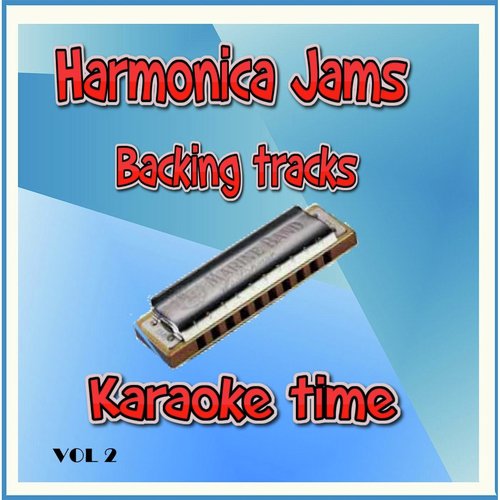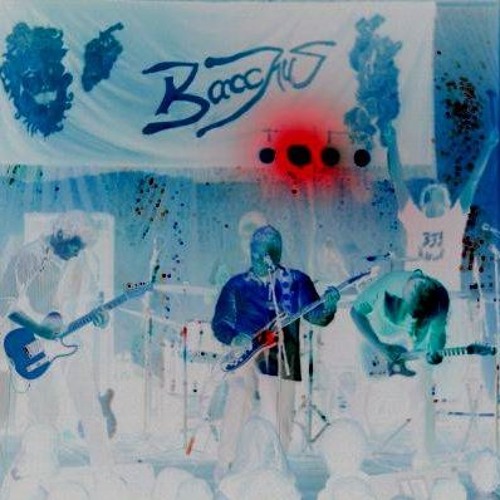

That same year, John Cougar Mellencamp used a harmonica on “Small Town”, and in 1995, John Popper of Blues Traveler blew everyone away with “Run-Around”.You gonna get it all down, get it all night, get it all right, get it out of sight and get it down baby? Mickey Raphael helped make “On the Road Again” a hit for Willie Nelson in 1980, and Raphael sat in with Motley Crüe for its 1985 cover of “Smokin’ in the Boys Room”.

Stevie Wonder was back in 1974 with “Boogie On Reggae Woman” and in 1975 Lee Oskar of WAR released “Low Rider”.Īfter that, the instrument sort of went into hiding. Geils Band put the instrument front and center with Magic Dick’s performance on “Whammer Jammer”, which would be even more famously reprised on a live album, “Full House”, the following year.Īlso in 1972, artists as diverse as Neil Young and David Bowie had hits with the harmonica (“Heart of Gold” and “The Jean Genie” respectively), while in 1973, pianist Billy Joel ironically shined a spotlight on the harmonica with “Piano Man”. In 1970, former Lovin’ Spoonful folkie John Sebastian sat in on a Doors recording session to give “Roadhouse Blues” some much needed gravitas, and in 1971, the J. The first half of the 1970s was even better for the instrument. In 1969, Mick Jagger put his famous lips to a harp for the blues-infused “Midnight Rambler”, while Robert Plant channeled his inner Sonny Boy Williamson for Led Zeppelin’s version of “Bring It On Home”. 2)”, thanks in no small part to Wonder’s impromptu harmonica hijinks at the song’s end (you can almost picture little kids everywhere cheering when he snuck in a quick verse of “Mary Had a Little Lamb”).īy the end of the decade, the harmonica had been fully embraced by rock, that bastard-child of the Blues. A year later, a 13-year-old named Stevie Wonder made his smash debut with “Fingertips (Pt. In fact, one of the first modern harmonica hits was the first hit single by The Beatles in 1962, when John Lennon played a jaunty harmonica melody on “Love Me Do”. Occasionally, the instruments were even invited to feast at that beggars’ banquet known as pop. Rock ‘n’ rollers respected the Blues as a kind of roots music for their new genre, but it was hardly a driving force in popular culture - although harp players like James Cotton, Junior Wells, Charlie Musselwhite, and Paul Butterfield more than kept the art form alive.įor the remainder of the 20th century, harmonicas were a key ingredient in the Blues and some strains of country music (a tip of the cowboy hat to Charlie McCoy for that). By the 1960s, Blues music was seen as a style whose heyday ended sometime in the Eisenhower administration. Unfortunately, the 1950s was also the decade when Chuck Berry married the basic rhythms of the Blues with a peppy country sound to create music that was 100 percent sunshine and fun, which most people know as rock ‘n’ roll. Little Walter followed, first gaining acclaim backing Muddy Waters before becoming a star in his own right in the 1950s. I went out and bought a harmonica the next day.”Īround the same time that folkie Sonny Terry was doing unnatural things with his harmonica, Sonny Boy Williamson was laying the foundation for the instrument’s prominence in the Blues. “Someone dragged me to a blues concert by Sonny Terry and Brownie McGhee. Half a world away, in Christchurch, New Zealand, Brendan Power, then a 20-year-old university student, was equally smitten.

It’s really important to learn breath control, and playing Sonny Terry’s chord rhythms was a great way to get started on that.” “I didn’t really piece it together until later,” he says, “but it gave me this incredible foundation. Unwittingly, that simple act of mimicking taught him many of the most important harmonica breathing techniques. Like a lot of players, Sleigh soon started playing along with Terry on “Lost John”. “In many ways,” says Sleigh, “he paved the way for a lot of modern harmonica players, with his emphasis on playing really fast and these incredibly exciting, rapid-fire licks. While listening to a recording called “Lost John”, Sleigh admired Terry’s textures and timing. Richard Sleigh discovered Sonny Terry when he was a freshman in college. He was also big on train imitations, recreating the sound of a steam-train whistle and using chord rhythms to evoke steel wheels clattering down a track. A blind musician from the southeastern United States, Sonny Terry was already a force on the folk scene of the late 1930s when he paired up with guitarist Brownie McGhee in 1941.Īmong other things, Terry was known for his whooping and wailing, in which he’d mix his falsetto voice with notes on the harmonica. Ask almost any contemporary harmonica player who his heroes are, and Sonny Terry is usually the first name you’ll hear.


 0 kommentar(er)
0 kommentar(er)
